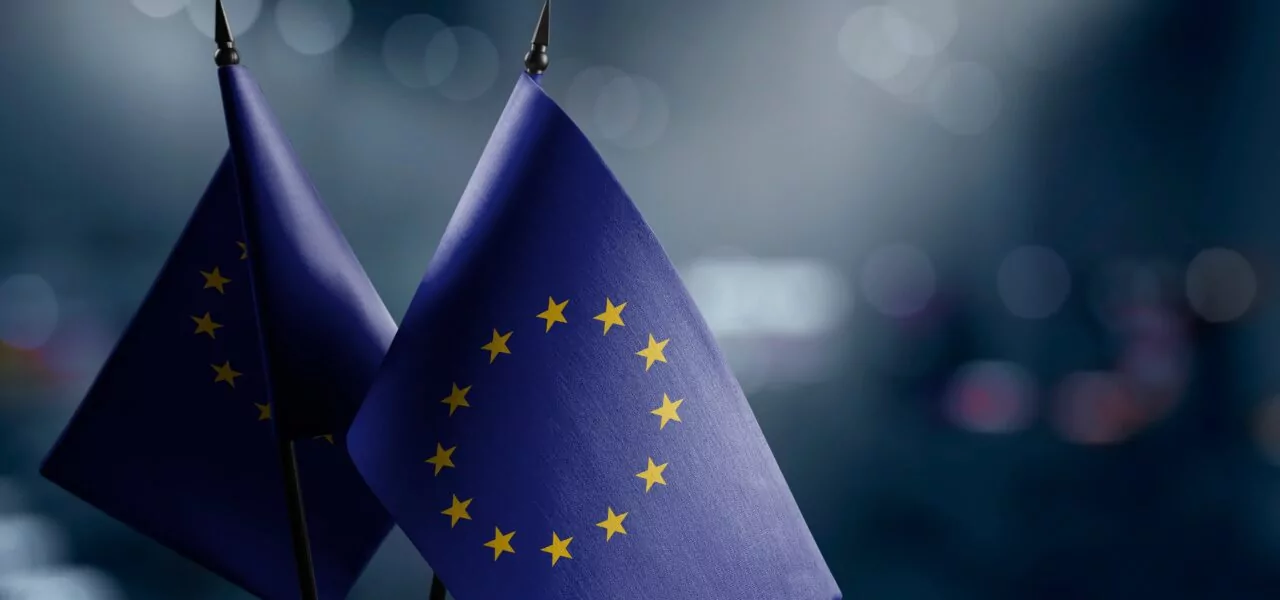Rethinking efficiency: doing more with less
The Strategy sets a goal: “enhancing water efficiency by at least 10% by 2030” (European Commission, p. 7). For Saur, that’s not a distant target — it’s a daily reality. From smart metering to network renewal, we are constantly reducing losses and optimising every drop. Our approach? Digital, pragmatic, and systemic. Whether it’s SLB’s water abstraction per customer KPI or Odalie’s reuse solutions for buildings, our projects prove it’s possible to combine impact
and innovation — today.
But efficiency isn’t just technical. It’s a strategic lever for resilience, and it starts with how we finance the transition. As early as 2021, we aligned our financing with environmental performance. Our sustainability-linked and blue bonds support precisely what the Strategy calls for: “investments that modernise infrastructure and promote circular water use” (p. 9). These are not just financial tools — they fund transformation, backed by measurable KPIs on water savings, emissions, and inclusion.
Transversal challenges demand integrated solutions
As the Commission underlines, “Achieving water resilience will depend on enhanced implementation of the comprehensive EU water acquis, as well as stronger synergies with policies in sectors such as agriculture, industry, energy, transport and consumer protection.” (European Commission, p. 12).
At Saur, we live this every day. A notable example is the collaboration between our subsidiary, Nijhuis Saur Industries, and L’Oréal at their Warsaw production facility. Together, we developed an advanced water recycling station that treats and reuses approximately 75,000 cubic meters of water annually, effectively halving the plant’s water consumption. This initiative exemplifies how industrial innovation can drive substantial environmental impact.
Beyond industry, we work with farmers to protect groundwater and with local authorities to restore aquatic ecosystems. Because resilience doesn’t happen in isolation — it’s built together, across all sectors.
Digital transformation: anticipating rather than reacting
The Strategy rightly emphasizes that “Digitalisation has significant potential for revolutionising water management and promoting sustainable water use.” (European Commission, p. 15) This isn’t theory for us — it’s daily practice.
Through our subsidiary, ImaGeau, we have developed the EMI platform, an AI-driven tool that forecasts groundwater levels up to 90 days in advance. This predictive capability enables local authorities and industries to anticipate drought risks and manage water resources more effectively. For instance, the city of Nantes (France) relies on EMI to maintain its water production capacity during periods of water stress.
Additionally, ImaGeau’s public service website, Info-Sécheresse.fr, aggregates over 100 million data points to provide real-time monitoring of drought conditions across France. This platform offers accessible, up-to-date information to stakeholders, facilitating informed decision-making during critical periods.
Restoring the water cycle: from source to sea
As the Strategy reminds us, “Freshwater is naturally stored in soils, wetlands, forests and floodplains on its way to the ocean” (p. 4), making it essential to “redress the natural sponge function of our landscapes.” At Saur, we invest in nature-based solutions — from wetland restoration to green urban infrastructure — to protect biodiversity and boost resilience.
We also explore every scale of action. At the urban level, our subsidiary Odalie develops modular reuse systems that treat and recycle greywater — lightly used water from showers, sinks, and laundry — reintegrating it into local uses such as toilet flushing, irrigation or cooling. These solutions reduce pressure on freshwater resources and help cities move toward circular water models, right where the demand is highest.
And because resilience also means managing what we return to nature, our blue bonds include strict environmental criteria for desalination projects, ensuring they are in water-stressed areas and equipped with brine treatment solutions that limit marine impact.
Looking ahead
The publication of the European Water Resilience Strategy is more than a milestone — it’s a mandate. At Saur, we’re ready to deliver on it by fostering collaboration, scaling digital solutions, and designing infrastructure that works with — not against — nature.
Because resilience isn’t built on declarations. It’s built drop by drop, project by project. And it starts now.
